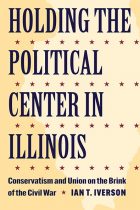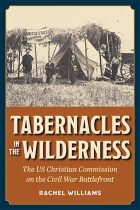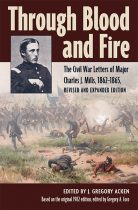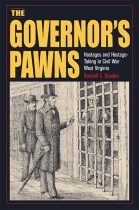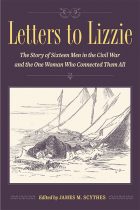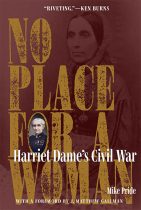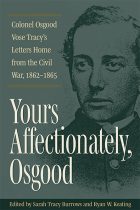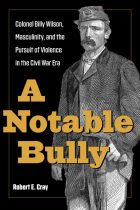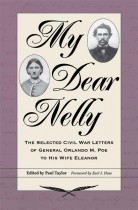High-Bounty Men in the Army of the Potomac
Edwin P. Rutan II | Filed under: Civil War Era, Forthcoming, Interpreting the Civil War: Texts and Contexts, Military History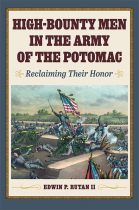
For more than a century, historians have disparaged the men who joined the Union army in the later days of the Civil War—when higher bounty payments and the conditional draft were in effect—as unpatriotic mercenaries who made poor soldiers and contributed little to the Union victory. However, as Edwin P. Rutan II explains, historians have relied on the accounts of 1861 and 1862 veterans who resented these new recruits who had not yet suffered the hardships of war, and they were jealous of the higher bounties those recruits received. The result, he argues, is a long-standing mischaracterization of the service of 750,000 Union soldiers.

